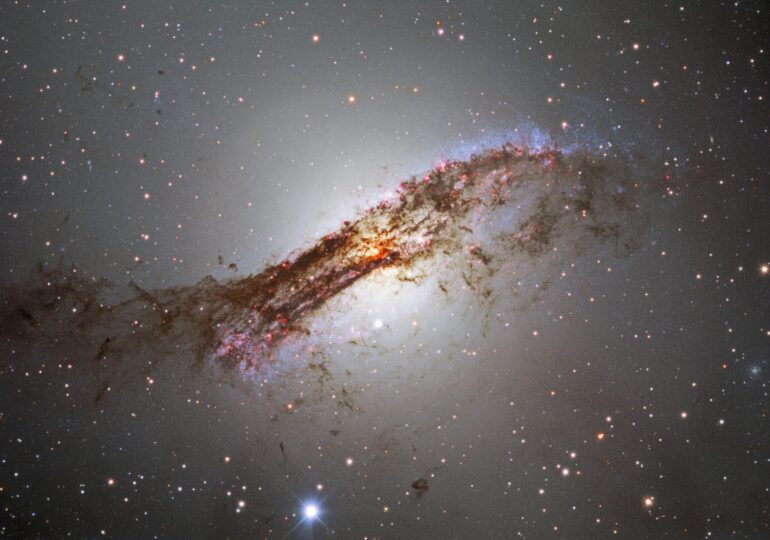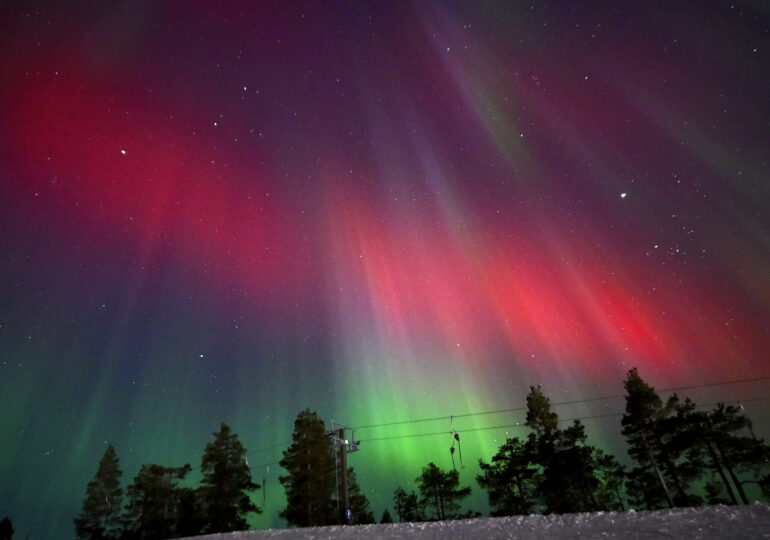Koalas Face Growing Challenges Amid Habitat Loss and Urbanization

Koalas, an iconic species in Australia, are increasingly being found in places far from their natural habitats, like roads, backyards, and even schools. With more frequent encounters during breeding season, particularly in Brisbane, these sightings are often a result of habitat loss, urban sprawl, and environmental stress. The marsupials, which were listed as endangered in 2022, are facing significant threats from deforestation, human activity, and diseases like chlamydia.
Experts are concerned that without significant changes, the declining koala population may continue to dwindle, especially in urban areas. Rescuers are seeing twice as many koalas as in previous years due to booming populations caused by favorable rainy seasons. However, the risks these animals face are numerous. Many are found injured by vehicles or attacked by dogs, while others suffer from disease.
While efforts are being made to protect and restore koala habitats, such as a national recovery plan and millions in funding, conservationists argue these measures are insufficient given the scale of deforestation. In Queensland alone, vast amounts of koala habitat are being cleared for cattle grazing and development, much of which occurs without regulatory approval.
Despite local government efforts, urban koala populations remain vulnerable. Initiatives such as wildlife bridges over busy roads and habitat restoration projects offer some hope, but more ambitious actions are needed to secure the future of these animals, particularly in rapidly growing cities like Brisbane.















